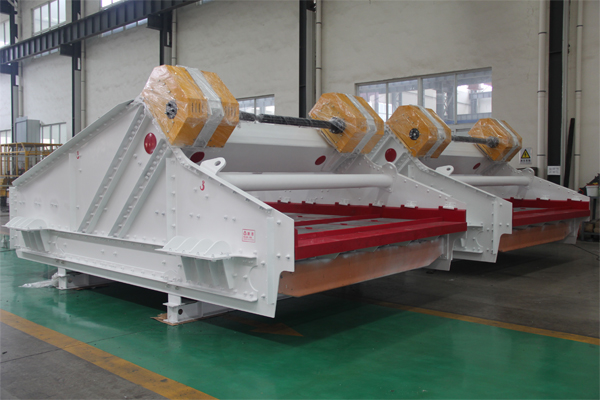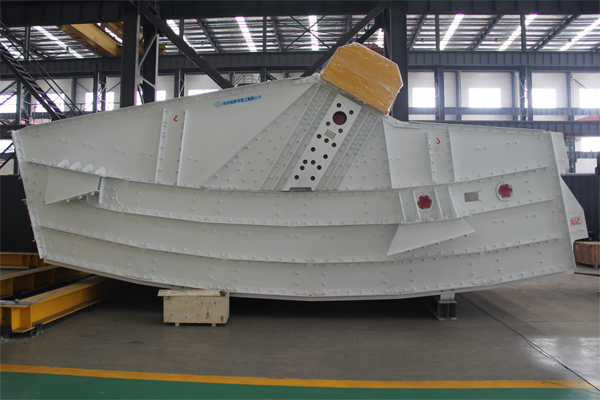What is the role of vibrating screen in wastewater treatment
A vibrating screen plays a crucial role in wastewater treatment, primarily in the pre-treatment stage to remove solid materials from the incoming wastewater stream.
Vibrating screen in wastewater treatment role

1. Removal of Large Solids and Debris:
Vibrating screens act as a physical barrier with specific mesh sizes. As wastewater flows over the vibrating screen, larger solids like rags, plastics, paper, wood, and grit are retained on the screen surface.
The vibrations help to agitate the wastewater, encouraging smaller particles and water to pass through the screen openings while preventing the screen from clogging.
2. Protection of Downstream Equipment:
By removing large and abrasive solids early in the treatment process, vibrating screens prevent damage, blockages, and excessive wear on pumps, pipes, valves, and other sensitive equipment in subsequent treatment stages. This reduces maintenance costs and downtime.
3. Improved Efficiency of Subsequent Processes:
The removal of gross solids reduces the organic and inorganic load on downstream treatment units like sedimentation tanks, biological reactors, and filters. This enhances their efficiency and overall performance.
For example, removing grit and sand prevents their accumulation in sedimentation tanks, maintaining the tank’s effective volume and reducing the frequency of sludge removal.

4. Sludge Dewatering:
Vibrating screens can also be used in sludge dewatering processes to separate excess water from the treated sludge, reducing its volume and making it easier and more cost-effective to handle and dispose of.
Types of Vibrating Screens Used in Wastewater Treatment:

Various types of vibrating screens are employed based on the specific requirements of the wastewater treatment plant, including:
Inclined Vibrating Screens: These are mounted at an angle, using gravity to aid material flow.
Horizontal Vibrating Screens: Suitable for high throughput and larger particles.
Multi-Deck Screens: Feature multiple screening layers for simultaneous separation of different particle sizes.
Linear Vibrating Screens: Utilize linear motion for efficient material conveyance.
Circular Vibrating Screens: Employ circular or elliptical motion, often for higher throughput applications.
In summary, the vibrating screen is a vital piece of equipment in wastewater treatment, ensuring the efficient removal of solid pollutants in the initial stages, protecting downstream processes, and contributing to the overall effectiveness of the treatment plant.


